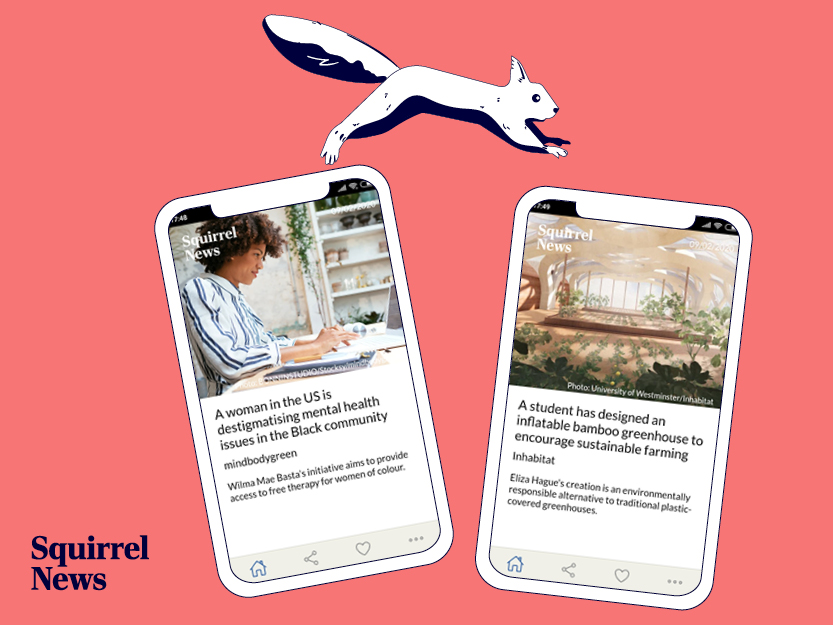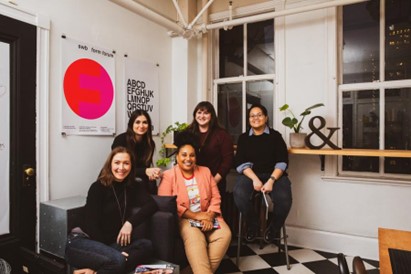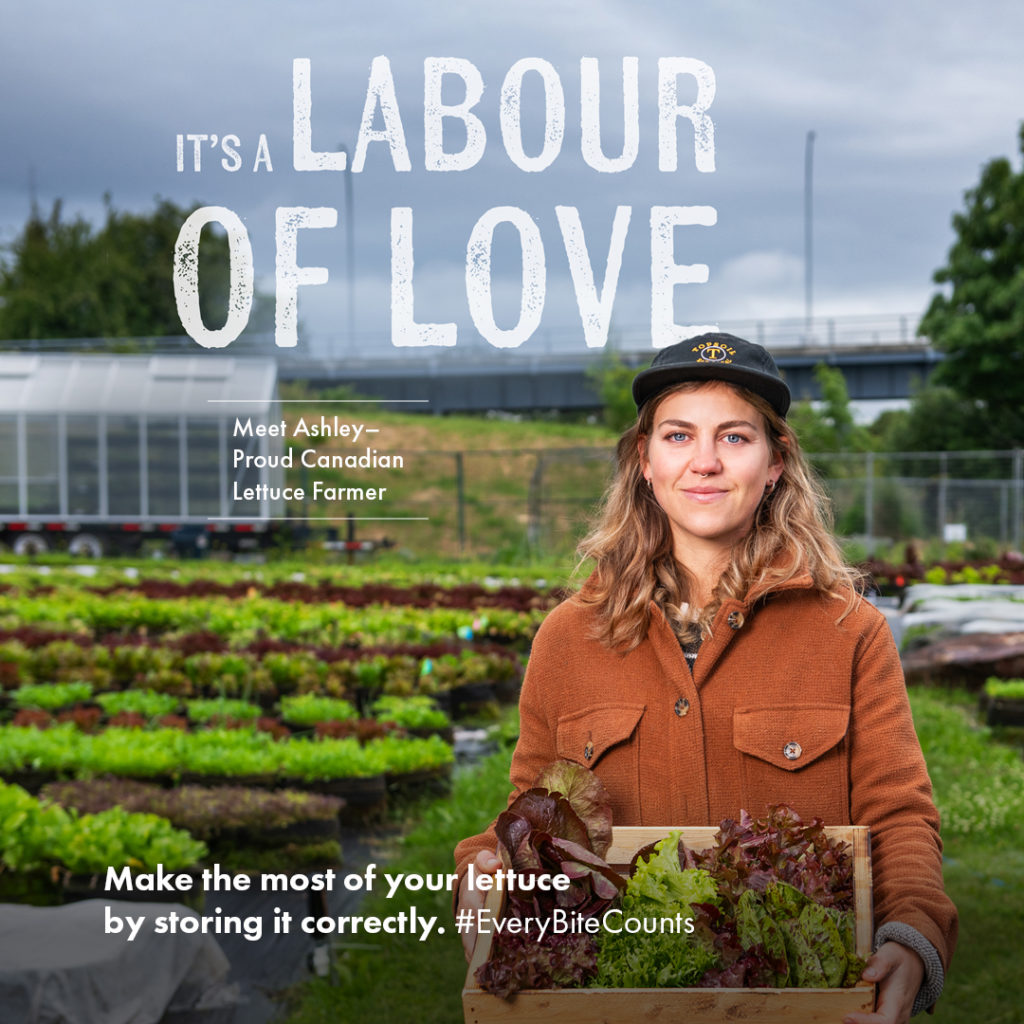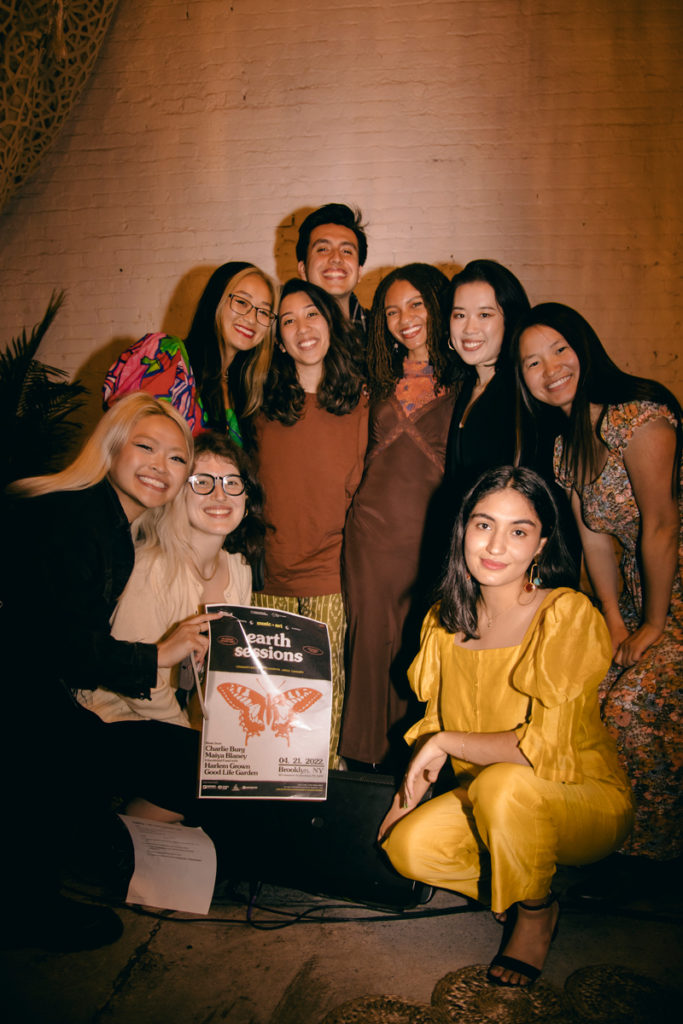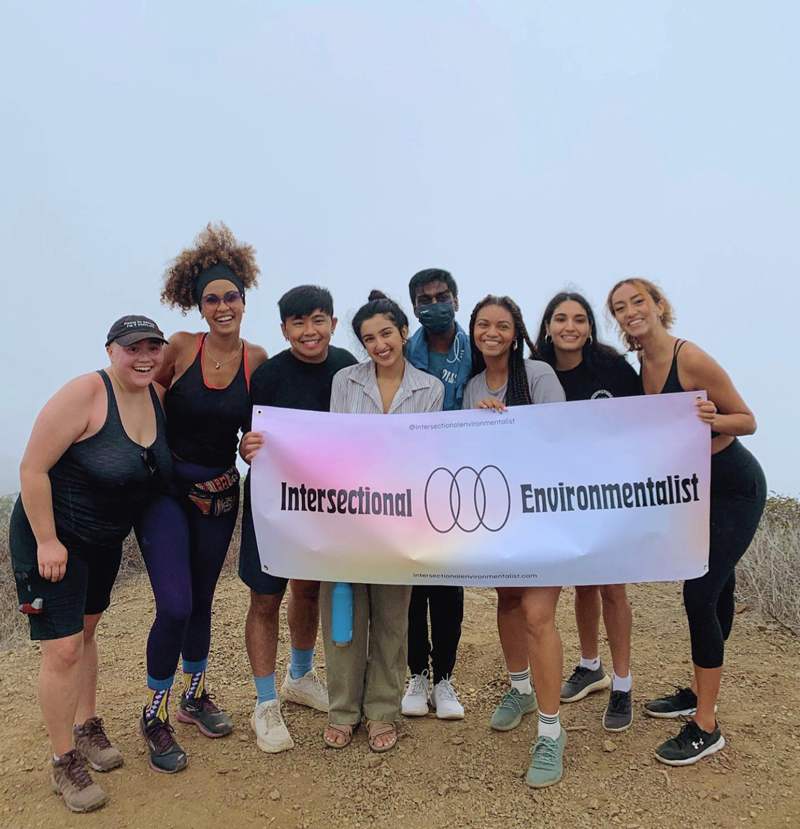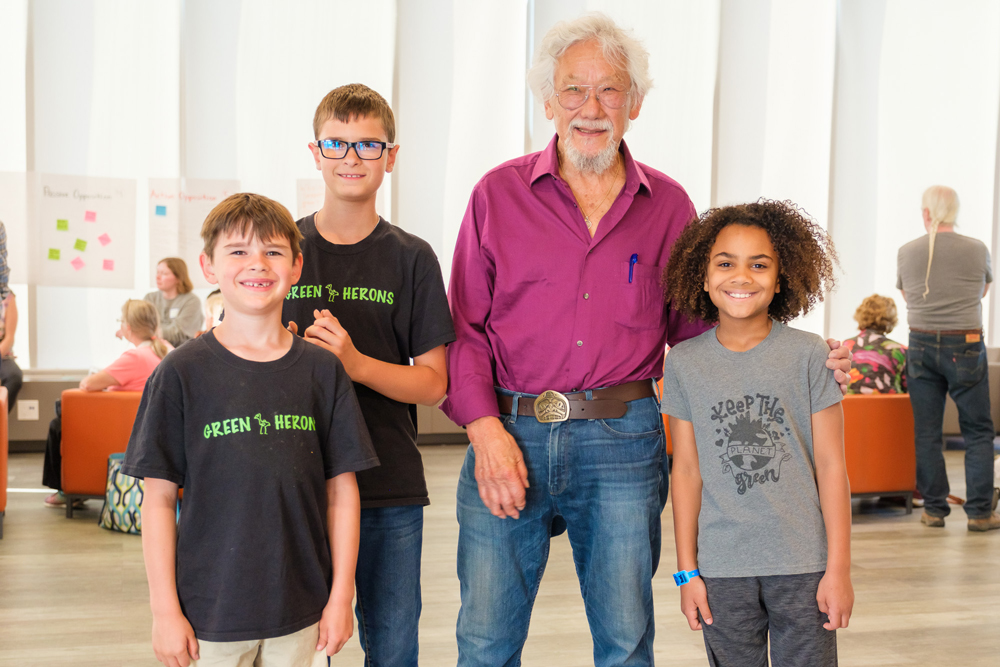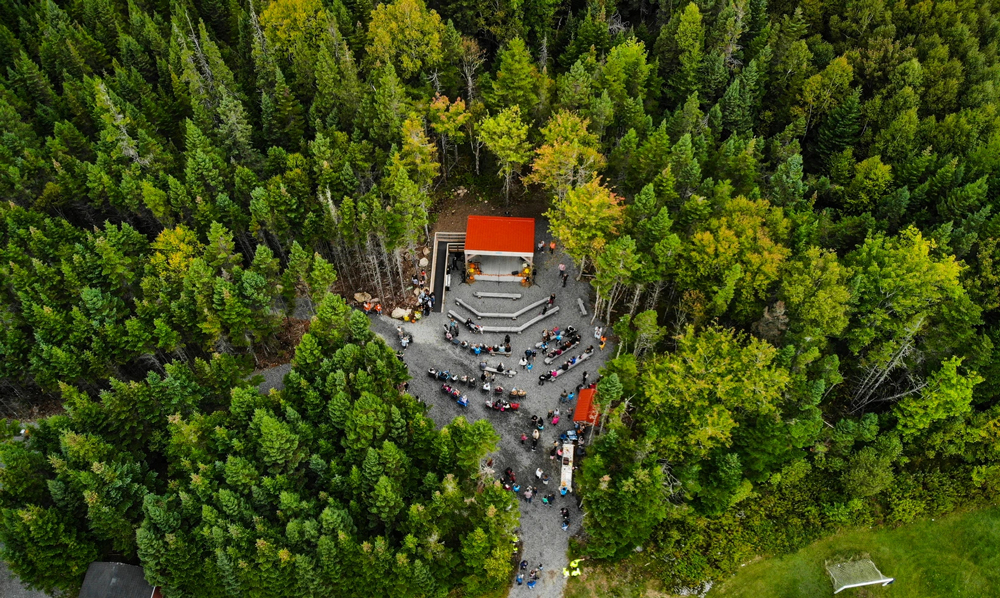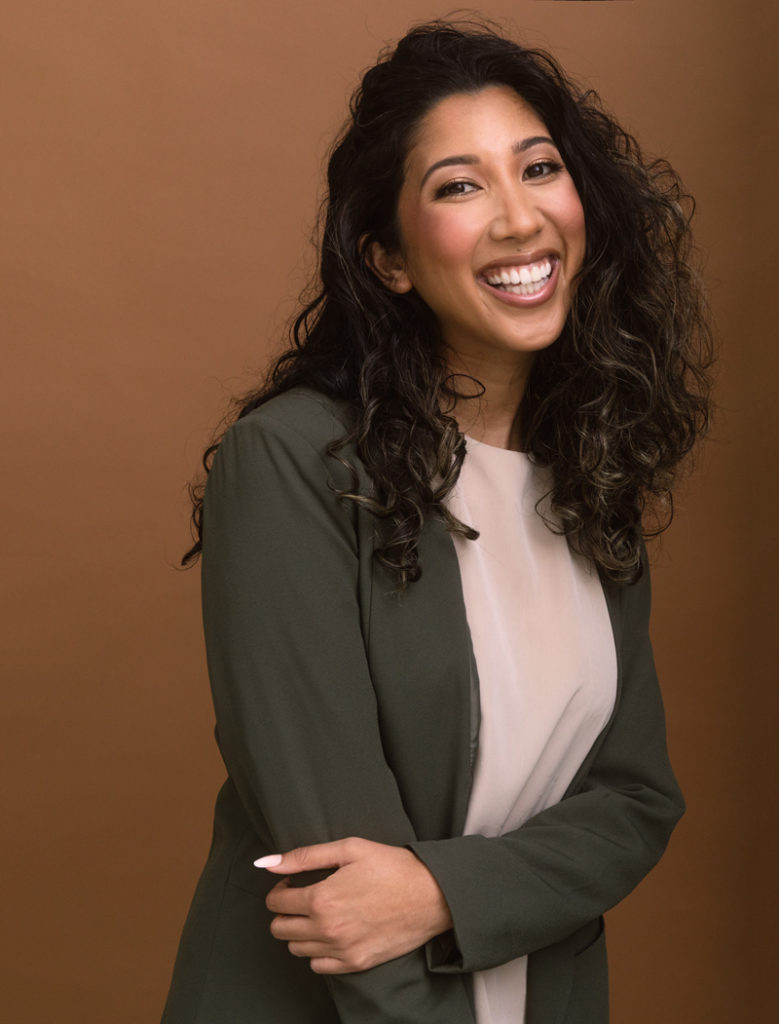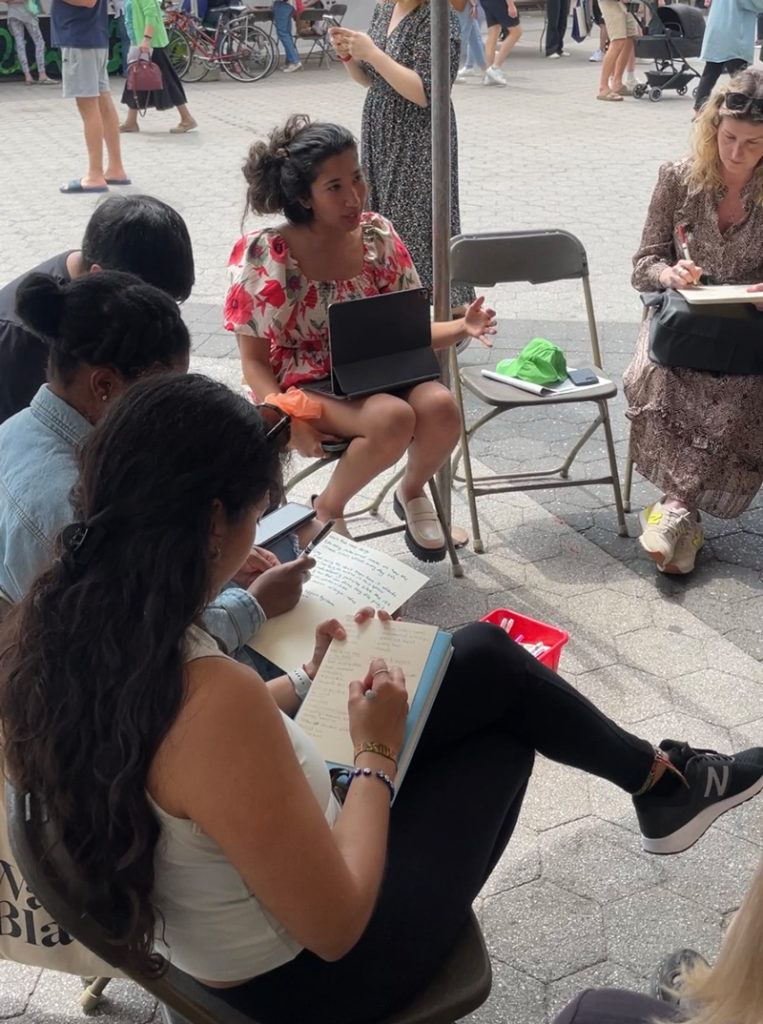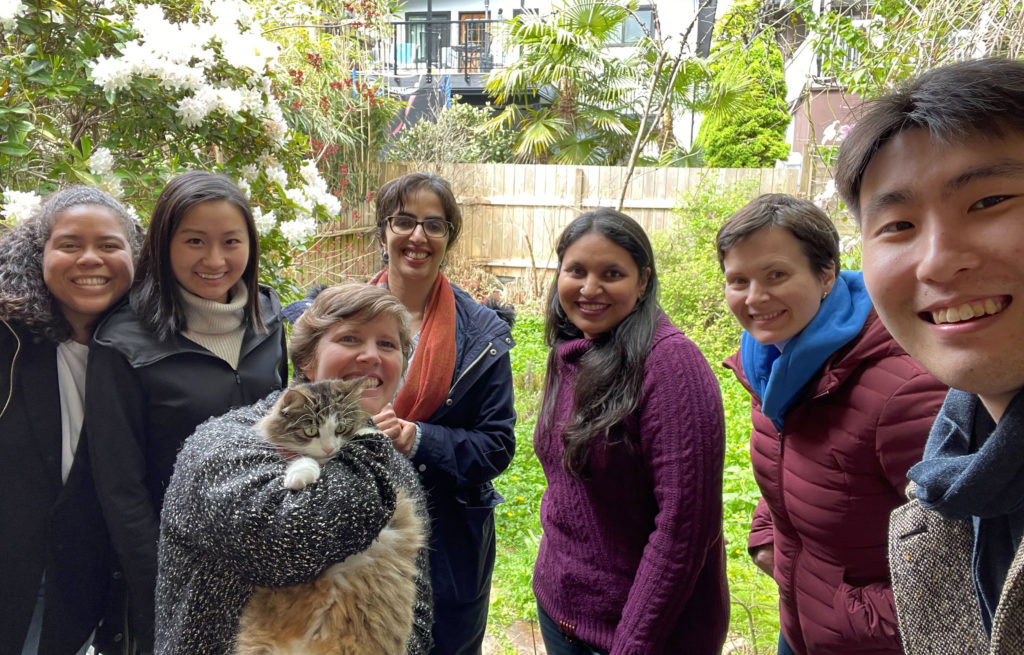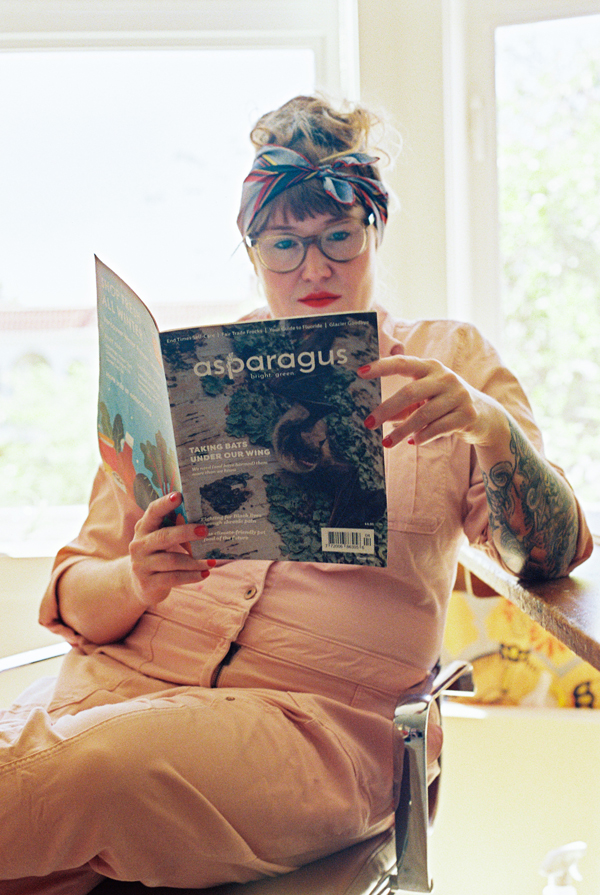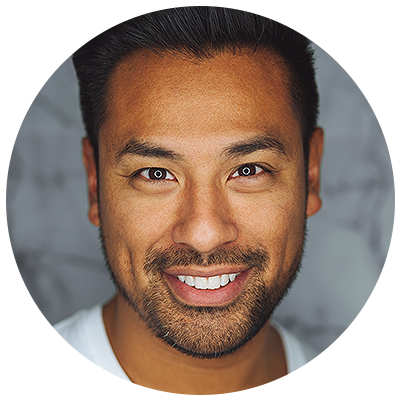Building a sustainable world where future generations can flourish within nature’s limits is going to take a lot of work from dedicated communities. In order to accelerate their sustainability journey, changemakers need free, accessible resources that will help them carry out this work as effectively as possible.
We spoke with Bob Willard, Founder of Sustainability Advantage, about how his platform is providing sustainability champions worldwide with the tools they need to make a lasting impact.
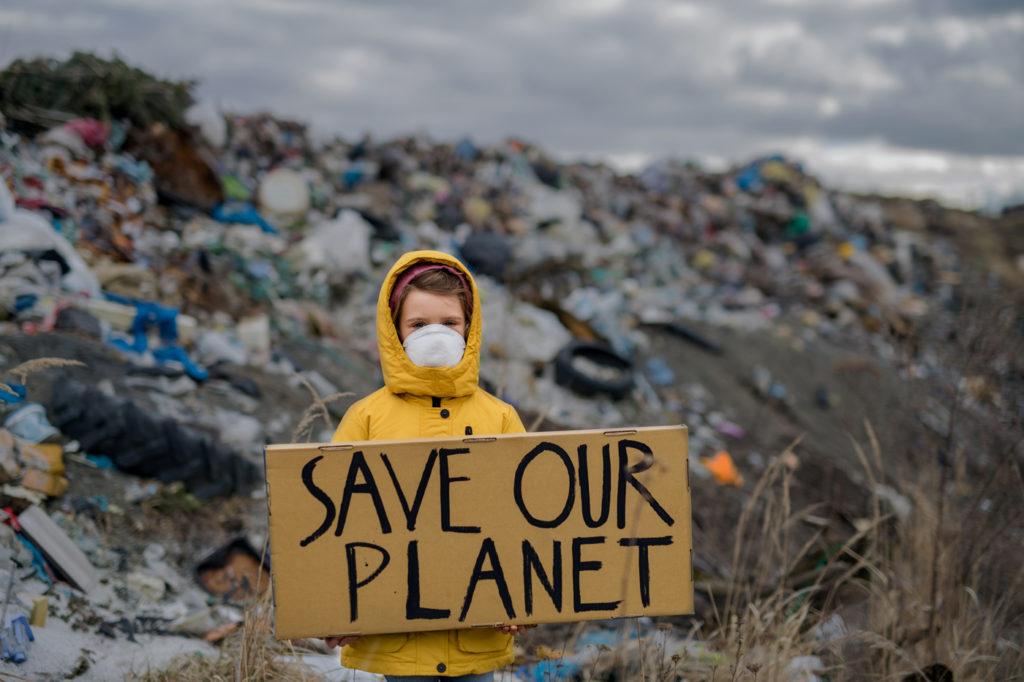
What was the “spark” that inspired you to start creating Sustainable Advantage content?
There were four sparks that inspired me.
First, in the mid-1990s, my wife and I became concerned about the planned location of a new water treatment plant for our community, Ajax, Ontario. We were uneasy about its close proximity to the upstream Pickering Nuclear Generating Station. Our concerns about the amount of unremovable radioactive tritium in our drinking water led to a three-year effort with multiple levels of government to relocate the water treatment plant. We were not successful. However, the intake pipe for the water plant was angled away from the Pickering nuclear plant, further out into Lake Ontario and deeper down, so the tritium would be more diluted. The experience shook my naïve faith that the people in charge were looking after us. It was a wake-up call that, as citizens, we sometimes have to roll up our sleeves and get involved. We also moved.
Second, during the water plant saga, my day job was leadership development at IBM Canada. We used learning organization principles in that training, so I undertook a part-time master’s degree about learning organizations at the University of Toronto (UofT). As the water plant issue evolved, I decided to complete my studies with courses at the UofT School of the Environment. That was an eye-opener. I had no idea how we were jeopardizing the ecosystem services on which human civilization depends. There were bigger issues than tritium in drinking water that needed our attention.
Third, also during the mid-1990s, I stumbled across The Natural Step (TNS) and learned how we were violating the four science-based system conditions for a thriving human society of a finite planet. We expect governments to fix this, but governments can’t do it alone. From my 34 years of experience at IBM, I knew that the resources, creativity, and influence of the business community were needed as well. But most companies only do things that benefit their bottom lines. We needed a compelling business case that reassured companies it was in their best interest to help address pressing environmental and social issues. I couldn’t find a convincing business case for corporate sustainability, so I decided to create one. It was my master’s thesis.
Fourth, my master’s thesis advisor casually suggested that I should convert my thesis into a book. I laughed. Why would I do that? Writing a book sounded like a lot of work. But he had planted a seed. In 2000, I received my master’s degree and retired from IBM. I don’t golf, so I decided to spend my leisure hours converting my thesis into a book, The Sustainability Advantage. I also created spreadsheets to help any company assess how much more profit it could make if it improved its environmental and social impacts. The book was published in 2002. The same year, I founded my sole proprietorship, Sustainability Advantage.
Being a father, and soon-to-be grandfather, those four seeds found fertile ground, and my new career as a sustainability champion was launched. My family’s future was at stake. We need all hands on deck with tools that enable them to be effective change agents.
What do you consider to be your biggest success? Can you share any stories of the impact your work has had that have surprised you?
Over the last 23 years, I have written six books, one of which is available in Portuguese, and given over 1,600 talks worldwide. I have served on the boards of many not-for-profit/non-governmental organizations. I am a Certified B Corp, qualify as a social enterprise, and have earned several awards for my work. I provide over a dozen free, open-source tools on my website to help sustainability champions assess organizational sustainability performance and cost-justify improvements. Subscribers can use and tailor the 900+ slides in my six Master Slide Decks for their purposes, saving them the effort of researching and creating the slides from scratch.
I am helping sustainability champions make an impact with these resources. Occasionally, I am approached by someone who heard me do a talk several years ago and they say it changed their lives. I get asked back to do guest presentations in college and university courses and do many keynotes at conferences worldwide. “Success” is creating resources that are useful. So far, I have anecdotal evidence that they are for the thousands who have downloaded them. That’s good enough for me.
How do you feel having a platform and community help to make the world better?
“You have to do it yourself; you can’t do it alone,” is one of the leadership paradoxes I explain in The Sustainability Champion’s Guidebook. As a sole proprietor, I have to work through others. I’ve served on the boards of influential organizations like TNS Canada, the Sustainable Purchasing Leadership Council (SPLC), and B Lab’s Standards Advisory Council (SAC). My website platform, with over a dozen free, open-source resources, helps the community of sustainability champions be more effective change agents. My 50–80 talks per year provide an opportunity to alert people to resources that can help them be more effective change agents so that they don’t waste time recreating them. It feels good to continuously hear back from kindred spirits who are making a difference in their spheres of influence with the aid of my resources.
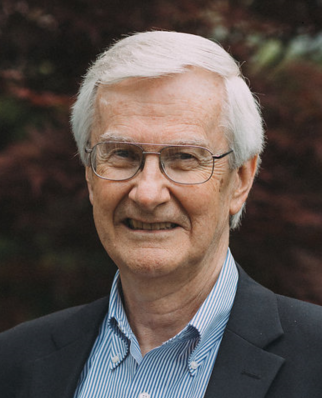
What are some of the challenges you typically face in creating content or building out your audience?
I have had the privilege of working with some amazing people to create my resources. I continuously upgrade them with new ideas and suggestions from users and reviewers. Creating content is the fun part. Building out the audience/users is the challenge. I am uneasy that well-intentioned sustainability champions may still be wasting time reinventing the wheel. I need to be better at raising awareness of my free, open-source resources.
Are there any upcoming initiatives or projects you’d like to share?
I am very concerned about climate change. I’m heavily engaged in encouraging governments, especially the Canadian government, to integrate Net-Zero Procurement (NZP) elements into their current procurement processes. NZP ensures that the buyer/government gets the best value for money by procuring the most climate-friendly goods and services from suppliers who are the most committed to science-based net-zero targets. The buying power of companies and governments using Net-Zero Procurement is a market force that will mobilize businesses in the race to net-zero greenhouse gas (GHG) emissions by 2050 or sooner.
In a robust NZP system, all suppliers, regardless of size or sector, must disclose their net-zero GHG reduction targets and plans. The disclosures include their current direct and indirect GHG inventories, their commitment to science-based net-zero targets, and their plans to reach those time-based targets.
In Canada, as in all countries, over 98% of companies are small, having fewer than 100 employees. Many of them are in government supply chains and would be required to make the above disclosures. However, most net-zero disclosure frameworks and standards are designed for large companies. They are very challenging for a small supplier. That’s why I created a short, reasonable questionnaire — the free, open-source Net-Zero Assessment Tool (NZAT) — for use by small and medium–sized enterprises who do not have the benefit of in-house sustainability staff or expertise. It enables any-size supplier to self-assess and disclose its commitment to net-zero targets.
Further, a NZP system makes the disclosed scores matter. All requests for proposals (RFPs) assign a weight of 10%–30% of the points — enough to make it matter — to suppliers’ net-zero assessment scores. For example, if the weight assigned to a supplier’s net-zero score was 20% and a supplier’s overall score on the net-zero assessment questionnaire was 68%, the supplier would earn 13.6% of the 20% weight. This approach incentivizes suppliers’ efforts to attain science-based net-zero targets, improve their scores, and earn preferential treatment over their competitors.
Why would a supplier bother making these net-zero disclosures? Because their important customer asks them to and their answer matters. If a supplier chooses not to complete the questionnaire, it is still eligible to be a supplier; it just earns a score of zero on their net-zero efforts and will not earn any of the points allotted to supplier net-zero commitment in the bid appraisal. It’s the supplier’s choice. That’s the magic in the disclosure superpower of NZP: it’s voluntary, it’s easy, and it matters.
How can people help support your mission?
My purpose is to ensure future generations have the opportunity for at least the quality of life that I have enjoyed. My vision is a sustainable world in which people and businesses flourish within nature’s limits. My mission is to provide resources to sustainability champions to help accelerate our sustainability journey before it’s too late. People can support me by using my free, open-source resources to help them be more effective change agents, starting with addressing the climate crisis.
For example, my save-the-world strategy starts with helping the Canadian government implement Net-Zero Procurement. Then we can package the system elements and make them available to other levels of government and to other countries. This improves the probability of meeting science-based global GHG reduction targets in time. Because NZP gives bonus points to suppliers if they use NZP with their own suppliers. NZP will soon be used by companies, worldwide.
Net-Zero Procurement is a starter set for a more comprehensive sustainable procurement system. Sustainable procurement (SP) ensures that the buyers/governments get the best value for money by procuring the most sustainable goods and services from the most sustainable suppliers. SP creates a market for sustainable products and an economy in which the most sustainable companies thrive. When governments and companies everywhere implement an SP system that makes sustainability scores matter, we will have attained the sustainable society, economy, and environment that we want.
Then I can really retire.
This story was featured in the Make The World Better Magazine:
